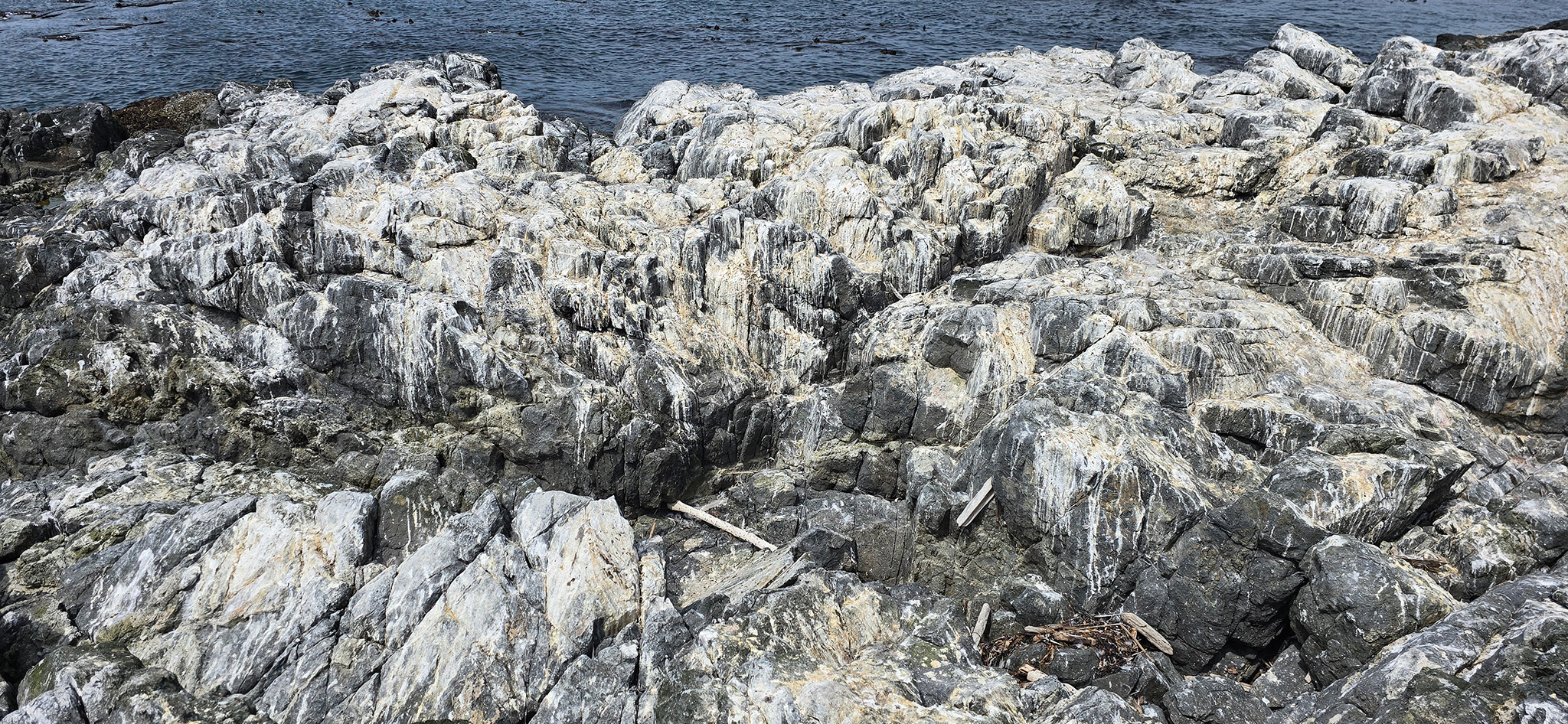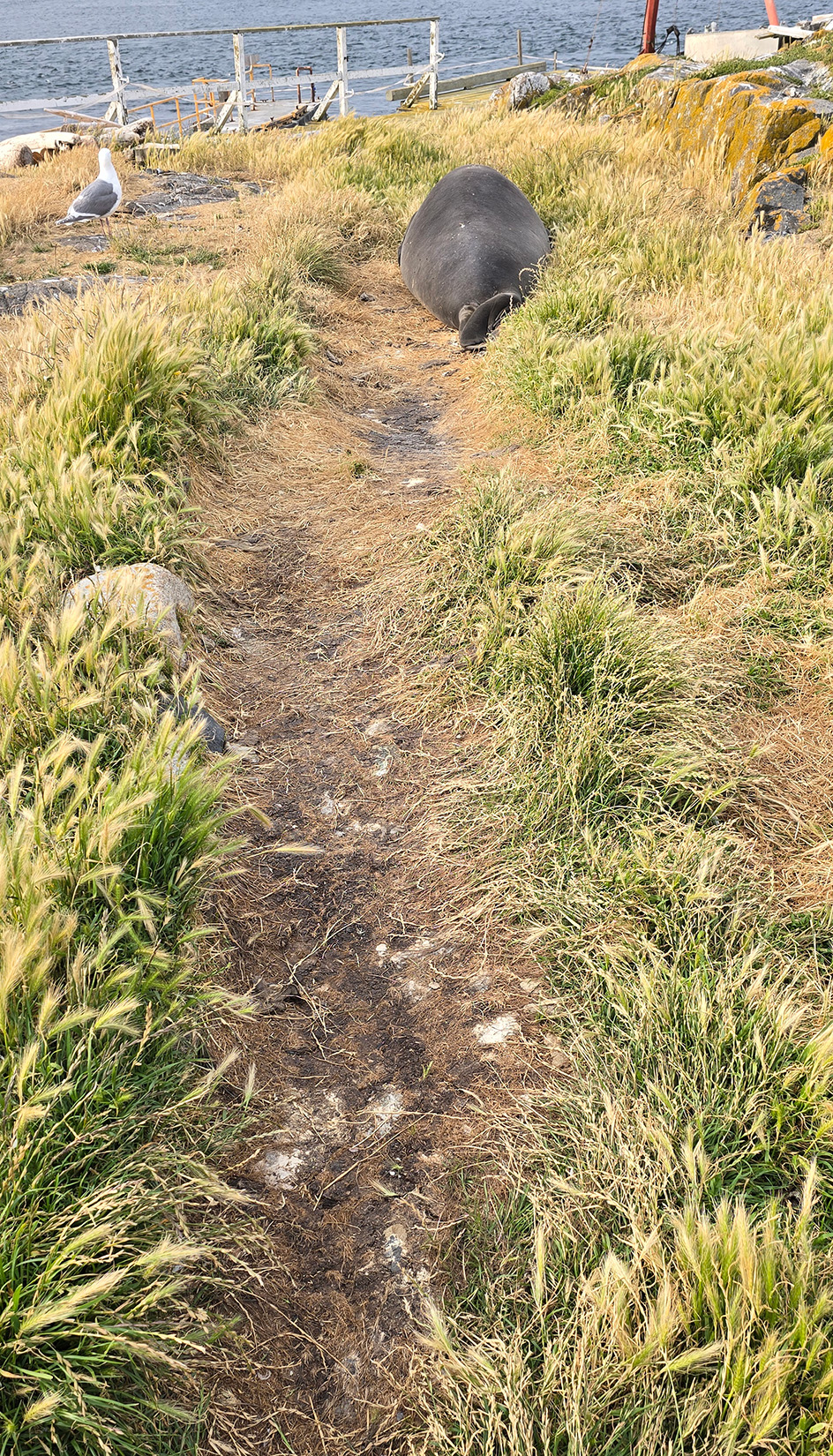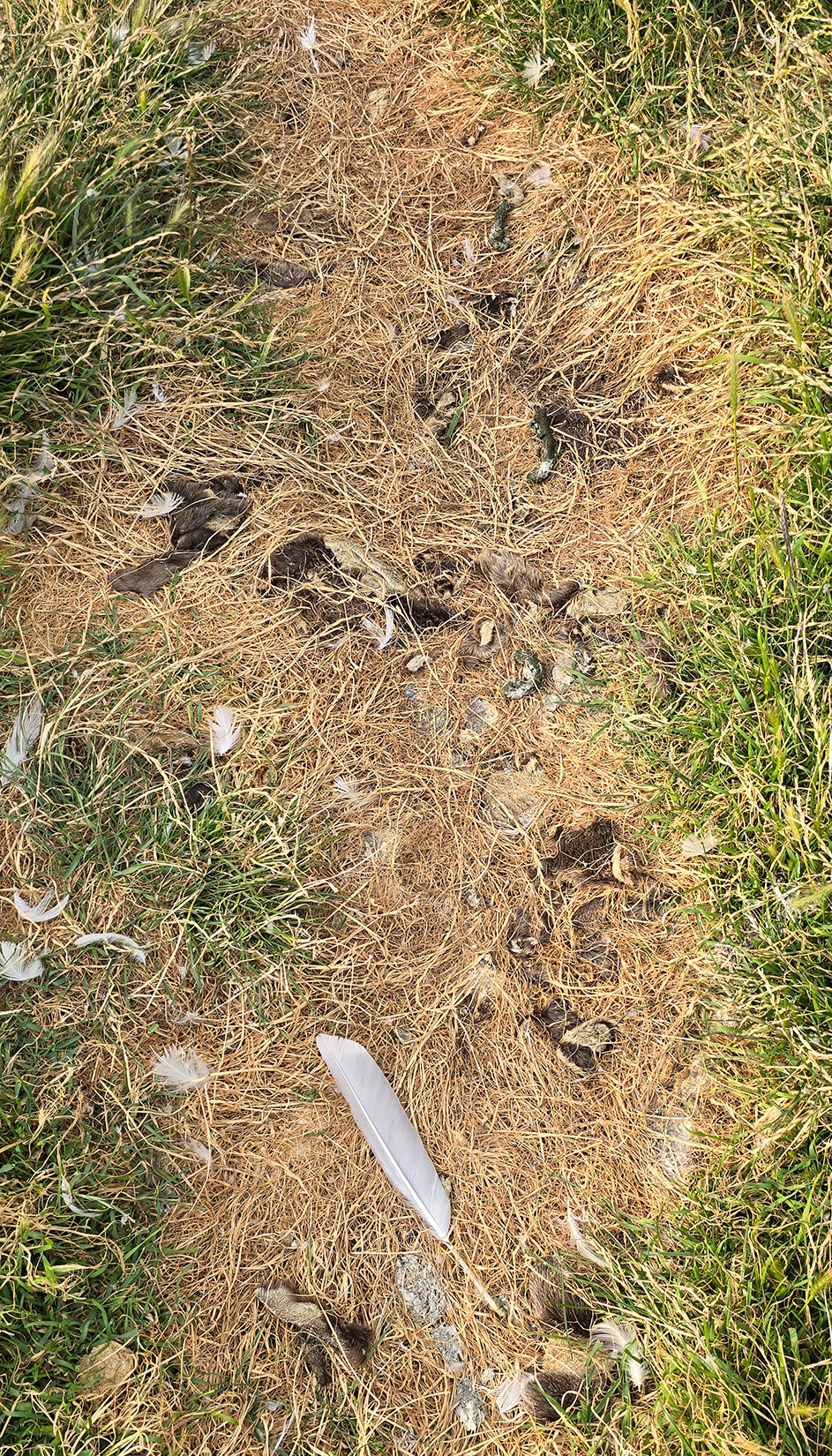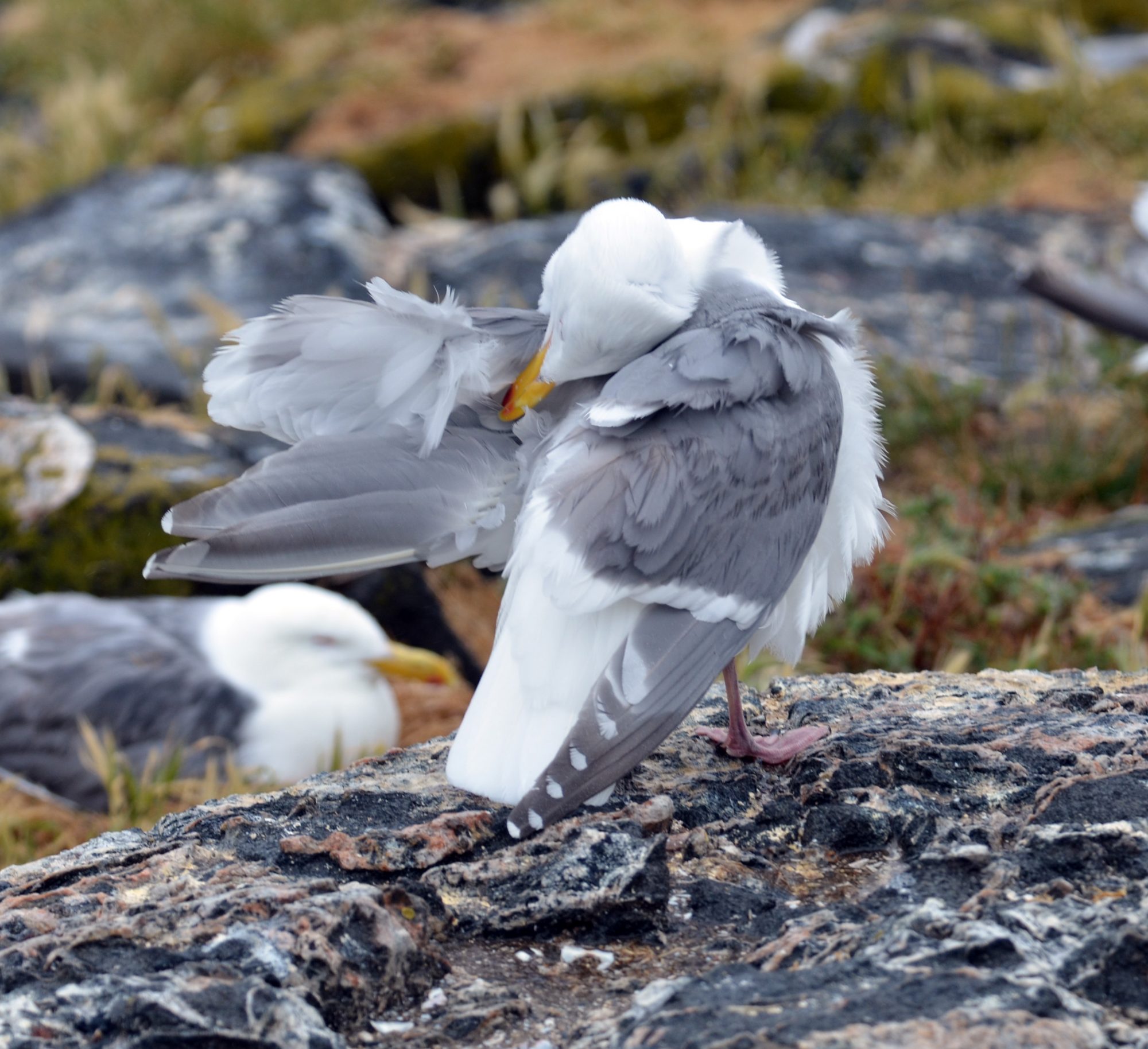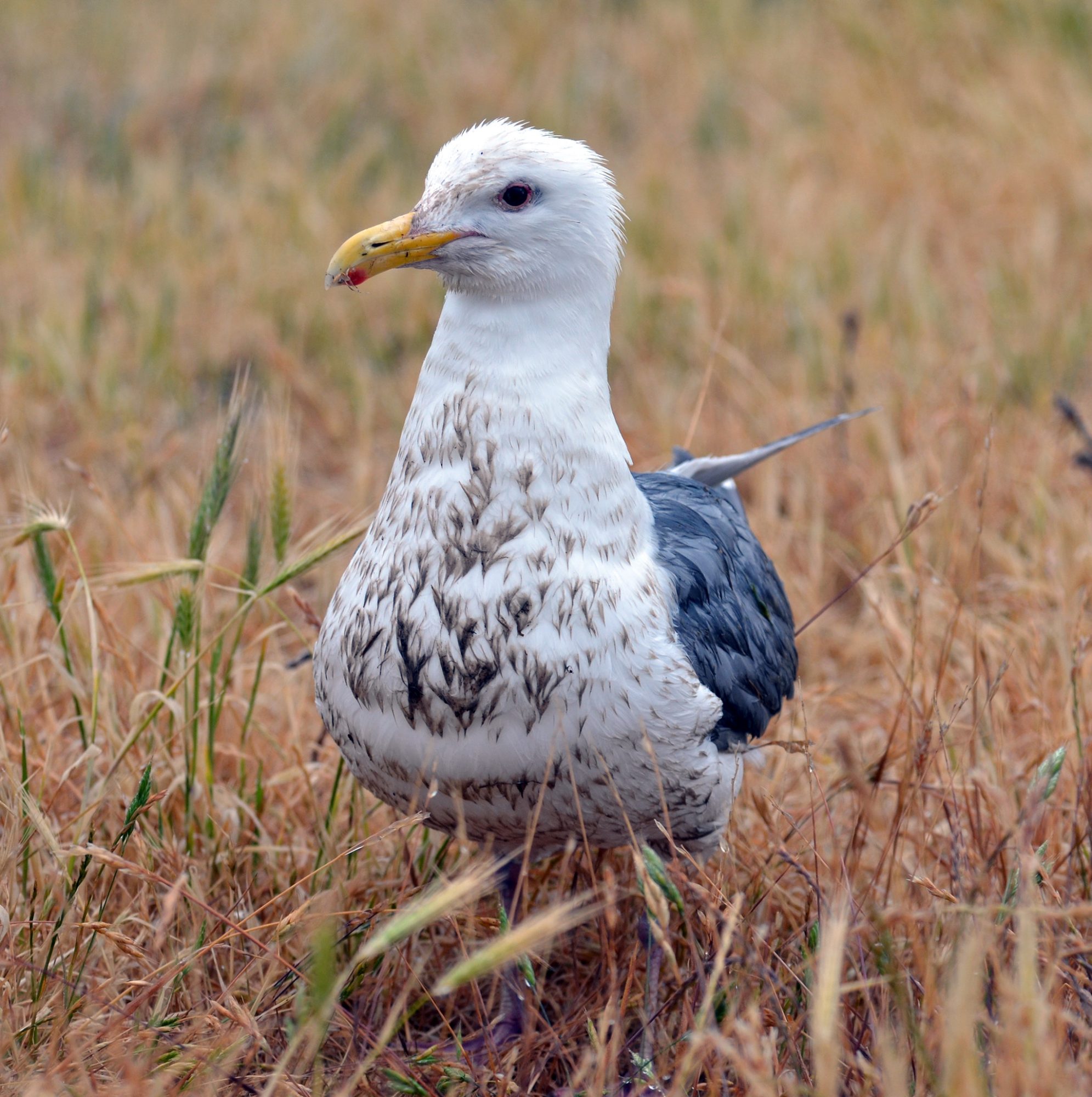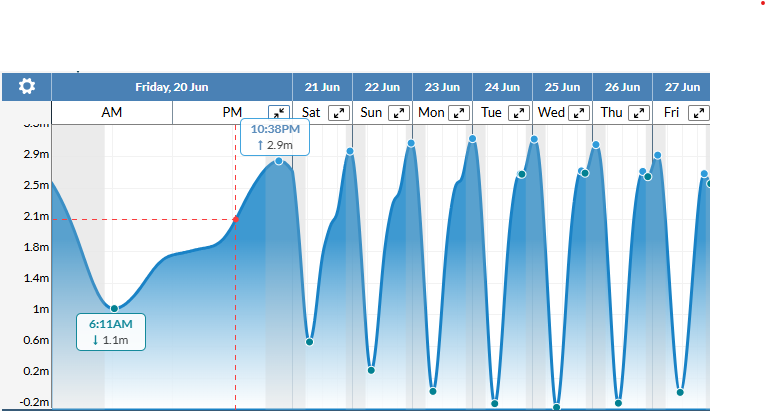A grand day out
Wildlife notes
I am preparing myself for the shock of finding dead chicks that have mistakenly wandered into enemy territory. Thankfully I haven’t come across any yet. It was a warm glorious day, a perfect day to admire the harbour seals reluctant to leave Seal Rocks until the waves finally pushed them off. The Keeper’s house oystercatchers seem to have separated their duties. One is still on the original nest while the other is busy a few feet away feeding the chick that hatched yesterday. A rock pigeon visited today. They are not uncommon in the city or public markets, but here it was a unusual treat to see this bird.
Facility notes
- cleaned solar panels
- measured specific gravity after the solar panels brought the battery to 100%
Vessels
- Ecotourism: 18
- Private: 8
Weather
Winds light and variable. Skies clear. Daytime temperatures: low 13, high 21.
CHICKS!
Wildlife notes
 The gull chicks are hatching! It explains why I was decorated by the Sign gull yesterday. This afternoon I discovered two hatched chicks and one egg in their nest. The first kernel in the bag to pop. By evening the new chicks were seen all over. It is helmet time for me or … walk slowly and carry a broom stick. The stick is not for swinging at the gulls but carried over the shoulder as an alternate target
The gull chicks are hatching! It explains why I was decorated by the Sign gull yesterday. This afternoon I discovered two hatched chicks and one egg in their nest. The first kernel in the bag to pop. By evening the new chicks were seen all over. It is helmet time for me or … walk slowly and carry a broom stick. The stick is not for swinging at the gulls but carried over the shoulder as an alternate target
Chim chim cher-ee! An ecoguardian is a lucky as lucky can be.
The Keeper’s house oystercatchers also hatched a chick today. A parent was seen on the nest yesterday so it was hatched in the last 24 hours – a day old and walking around. They had three eggs, so maybe tomorrow there may be another chick or two.
Facility work
- cleaned solar panels
- added fuel to the generator and transfered 100L of fuel to the Energy Building
Vessels
- Ecotourism: 9
- Private: 1
Weather
Fog in the morning, clear skies in the afternoon. Moderate SW breeze most of the day. Daytime temperatures: low 11, high 12.
June 27 Census
Mammals:
- Steller sea lion: 1 (June 20: 0, June 13: 0, June 7: 2, May 30: 10, May 23: 6, May 15: 21, May 8: 37)
- California sea lion: 0 (June 20: 1, June 13: 3, June 7: 12)
- Harbour seal: 258 (June 20: 32, June 13: 211, June 7, 103, May 30: 90, May 23: 50)
- Elephant seal: 1 female
Birds:
- Gulls: 587 plus 96 on west shore (June 20: 352, June 13: 603, June 7: 645, May 30: 464, May 23: 467, May 15: 391, May 8: 114)
- Pigeon guillemot: 153 (June 20: 159, June 13: 36, June 7: 82, May 30: 6, May 23: 30, May 15: 78, May 8: 153)
- Cormorants: 28
- Canada geese: 2
- Bald eagle: 2 adults, 2 immature
- Black oystercatcher: 14 adults (did not see chicks today)
- Barn swallow: 2
Wildlife observed this week but not on census day was one Harlequin duck.
Wildlife notes
The gull chicks should be hatching any day now as they are getting more on edge, even in the areas that I frequently travel. Twice today I had to change my clothes as I was smeared head to toe in pungent poo. The Energy Building and Keepers house oystercatchers are still on their nests.

The Energy Building oystercatcher sitting on the nest. I made the smallest of sounds from the top of the tower and it immediately raised its head. The oystercatchers are the most alert of all the birds here, warning others of approaching dangers like eagles and Ecoguardians.
Facility work
- cleaned the solar panels
- topped up battery fluids
Vessels
- Ecotourism: 10
- Private: 3
Weather
Variable moderate breeze throughout the day switching to westerly by early evening. Skies overcast. Daytime temperatures: low 12, high 14.
Who’d a thunk?
Shipping traffic and pollution
This is part 2 of 11 ships go sailing by. I took these photos this morning of a ship and its extra long trail of exhaust which had not dissipated. Thinking of pollution and looking at the ships cloud-like exhaust reminded my of something I read that I’d like to share, but first a little bit about ship pollution.
There is accidental pollution from loss of cargo, fuel or oil, and there is operation pollution from the discharge of sewage, ballast water, tank washings, from anti-fouling systems, tank venting and from engine exhaust. In terms of exhaust, shipping contributes about 3% of world’s greenhouse gas emissions and 20% of the nitrogen oxides and 10% of the sulfur oxides emissions. The burning of bunker oil in the ship’s diesel engines produces the NOx, SOx, particulates, carbon monoxides, carbon dioxides, hydrocarbons, and other subsequently formed secondary chemicals … all bad, all contributing to climate change.
International Convention for the Prevention of Pollution from Ships (MARPOL) addresses the concerns of pollution of the marine environment. The requirements for nitrous oxide emissions from diesel engines, sulphur content of fuel, fuel oil quality, emissions of ozone-depleting substances, incinerators, emissions of volatile organic compounds etc, are in Annex VI Regulations for the Prevention of Air Pollution from Ships, which came into effect in 2005.
Since then the IMO set new sulfur-emissions regulations for implementation by larger ships beginning in January 2020, reducing sulfur by 80%. This should help right? It turns out, it made climate warming worse! The sulfur dioxide reacts with water vapour to produce aerosols that reflect sunlight and those clouds that follow ships, they actually help cool the oceans. This was published in the journal Nature and they suggest geoengineer and marine cloud brightening may be a viable method to temporarily cooling the climate. So…Who’d a thunk? What a mess we are in.
Links
- Shipmap.org – an animated presentation of all the global shipping traffic over a one year period, with a CO2 ticker in the header.
- Read the Nature article “Abrupt reduction in shipping emission as an inadvertent geoengineering termination shock produces substantial radiative warming”
- Environmental impacts of Shipping – Wikipedia
Wildlife notes:
There is not much to report. I found a large creamy white egg in the killing fields by the house. It was the Canada goose egg from the nest on the opposite side of house, under the back stairs. Why the gulls would take it all the way around the house to destroy it is baffling. I wonder if she recognized her egg while looking for something to eat – it has been weeks since she ate.

Blurry photo taken through the window of the two remaining Canada geese foraging. They had just walked past their very own empty egg, seen in the bottom left.
Facility work
- cleaned the solar panels
- cleaned things in the house (bleached and scrubbed the south and north tiled entry ways in the Keeper’s house and other things)
Vessels
- Ecotourism: 11
- Private: 1
Weather
Gentle southwest breeze throughout the day, moderate westerly breeze in the evening. Skies overcast, periods of rain in the late afternoon and evening. Daytime temperatures: low 11, high 14.
Digitigrade
What’s with those spindly legs and weird knees?
Those aren’t weird looking knees on those thin sticks of a leg, they are ankles and the sea gull is standing on its toes. This form of locomotion is called digitigrade and is also used by cats, dogs and many mammals. Humans are plantigrade (we walk on our whole foot) and horses are unguligrade (walk on their hoofs – analogous to a keratinous nail or claw).

Illustration of plantigrade, digitigrade, and unguligrade. In red the basipod, in violet the metapodia, in yellow the phalanges [toes], in brown the keratin nails. Illustration by Antoine ADAM, see source. [The digitigrade in this illustration is more like a wolf than a gull)

The modified/fused bones in a bird leg and pelvic girdle. Illustration by Darekk2, see source.
Sea gulls have three forward toes and one pointing back (the hallux which is equivalent to our big toe) but it is reduced in size and difficult to see. Their lobation and webbing is called palmate. Some examples of local birds with the four types of webbing: Palmate (gulls), Totipalmate (cormorants), Semipalmated (herons, some plovers and sandpipers), Lobate (black oystercatcher).

Webbing and lobation in a bird’s right foot. Illustration by Darekk2, see source
Gulls are an all around great bird. They are awesome flyers and nimble, quick runners, unlike the waddling Canada goose. And if you ever hear a person described as having “chicken legs”, you know they got it wrong.
Facility work
- cleaned solar panels
- cleaned outside windows on the Keeper’s House
Vessels
- Ecotourism: 12
- Private: 0
Weather
Fresh breeze all day, WNW in the morning backing to WSW by early evening. Skies overcast to cloudy. Daytime temperatures: low 11, high 13.
Noisome
There is a noisome odor at the outer reaches of the island, on the rocky shores, where the density of gulls have encrusted the rocks in guano. The molting elephant seal is no different – its shed skin and hair remains malodorous for years. But in the fall, the sea lions dog piled outside the electric fence outstink them all.
Noisome is Merriam-Websters word of the day and I threw in a couple more from
“10 Obscure Words for Bad Odors” – Merriam-Webster (read full version)
- Noisome – very unpleasant or disgusting
- Malodorous – having a bad odor
- Outstink – smell worse than
- Nidor – smell of cooking or burning meat or fat
- Mephitic – offensive to the sense of smell
- Stinkaroo – stinker
- Hircine – resembling a goat in smell
- Alliaceous – smell or taste of garlic or onion
- Kakidrosis – secretion of sweat of a disagreeable odor
- Reekingly – with a reek

This very clever display was created by an Ecoguardian years ago. They are two very large pieces of elephant seal hair and skin stitched to a window screen. It would be great to have it in the house but it still stinks, so it hangs in the Tank Shed.
Facility work
- cleaned the solar panels
- I am almost done cleaning and organizing the Tank Shed – just the back of door and one more wall to wipe. Another immensely satisfying job which took many days to complete.
The Tank Shed houses the large diesel Tidy Tank and fuel drums (for the generator and furnaces), the portable water pump which gets rolled to the Jetty to pump up fresh or salt water, electric fence supplies, the unit for measuring seawater temperature and salinity, the computer for the Davis weather station, and tools, paint, grease etc. 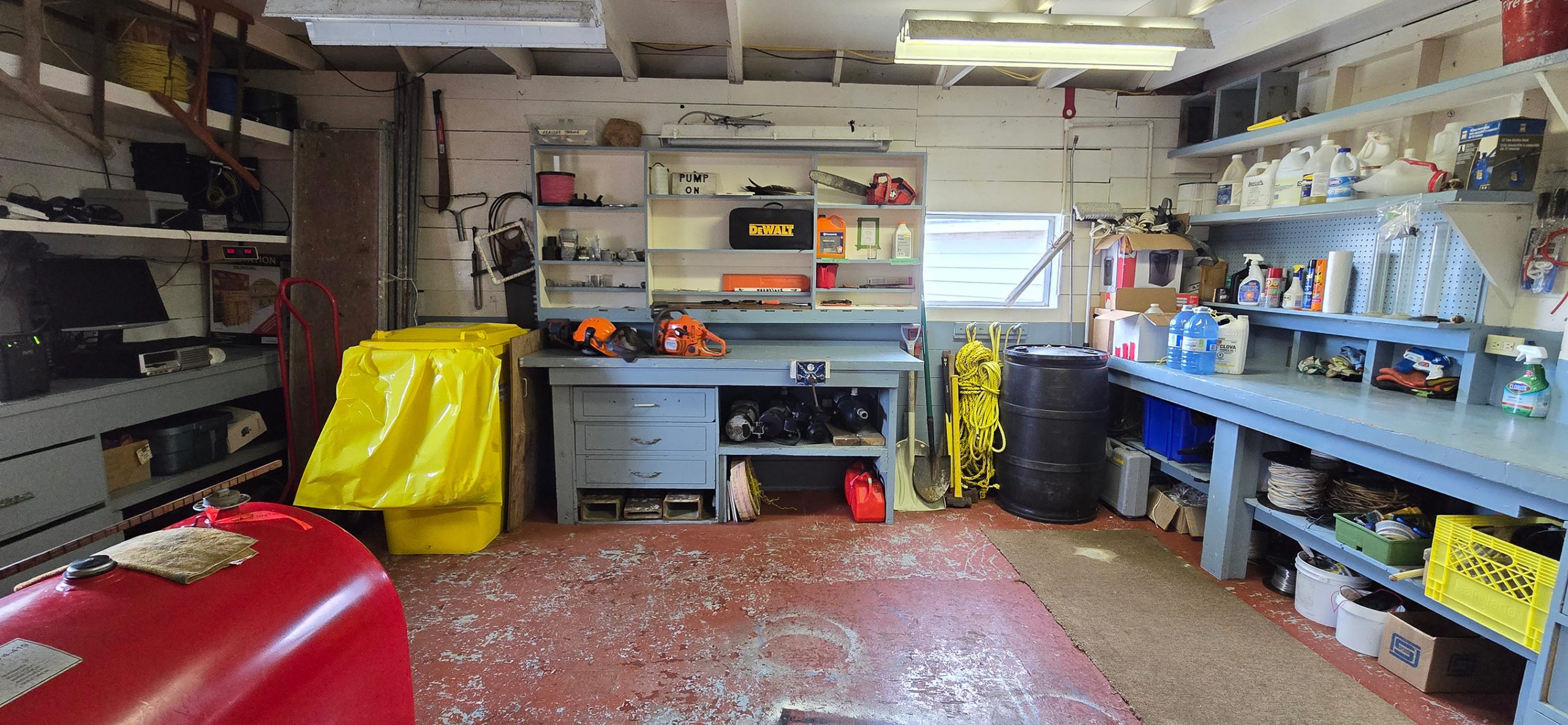



Map with location of the buildings on Great Race Rock. The Tank Shed is beside the top of the boat ramp.
Vessels
- Ecotourism: 5
- Private: 1
Weather
Fog in the morning, clearing by noon and cloudy in the afternoon. Winds moderate to fresh westerlies increasing to near gale force by late afternoon. Daytime temperatures: low 9, high 11.
mouth full
Wildlife notes:
I haven’t seen any gull chicks hatching yet but the gulls continue to build up and pad their nests. The elephant seals usually lay partially in the water on the boat ramp or float around the Jetty blowing bubbles. The female was in the water for a long time today and actually went for a swim. I saw her on her return trip at East Beach. The East Beach oystercatcher chicks are doing well, growing quickly and darting about. I figure they are around two weeks old. The Keeper’s House and Energy Building oystercatcher pairs are still incubating their eggs.

A “raft” of cormorants – some of over 40 birds in a long line on the water last evening. Other collective nouns: colony, flight, gulp, sunning.
Facility work
- cleaned the solar panels
- topped up battery fluid levels
- continued cleaning/organizing the Tank Shed
Vessels
- Ecotourism: 7
- Private: 2
Weather
Light to gentle southwest breeze becoming westerly in the early evening. Skies overcast in the morning, clear by late afternoon. Daytime temperatures: low 11 , high 13.
Pathway
Wildlife notes:
The female elephant is free and clear of her old self. Today is day 19 of her molt. The last little bit that stuck to her back since day 14 of her molt (photo) took 5 days to shake.
This female arrived here on May 18th (photo), started her molt on June 4th (photo) and may stay for another 2 or 3 weeks before she heads back to the sea. The elephant seals usually take the same route to the boat ramp for their daily soak(s) and have their favourite spots in the grass to sleep. They are heavy and spend so much time in the grass that they have created pathways and depressions lined with their shed hair and skin.
- The elephant seal pathway
- Depression lined with hair, skin, feathers and goose poop
Facility Work
I spend a few hours in the Tank Shed today. It is getting cleaned up, easier to find things, with more counter space and now, room to walk around in there. I cleaned one of the two windows today. It took a while as the channels were filled with gunk and I had to dig out a razor blade to scrape the glass. So much brighter in there and very satisfying to look out a clean window.
Vessels
- Ecotourism: 9
- Private: 2
Weather
Moderate south west winds most of the day, switching to fresh westerlies in the early evening (they called for winds up to 30 knots so I lowered the flag this evening but they didn’t materialize). Overcast. Daytime temperatures: low 11, high 15.
Rain
Wildlife notes
We received a measurable amount of rain last night. It cleaned the windows, the solar panels, and soaked the birds. I expected the air to smell fresh after the cleansing as it normally would, but the smell of the gull poo was somehow more aromatic. Other than the absence of the sea lions and the typical dozen or so eagle fly overs there is nothing of note to report on.
The gulls spend a lot of time preening and are usually very white and clean looking. They also have good hygiene around their nests and move about 4 to 5 feet away to relieve themselves. I had a laugh when I saw the gull who built a nest two feet from the basement door – a inconvenient spot for me and annoying to the gull who is disturbed often. The gull was a dirty mess after the rain turned the soil there into mud.
Facility work
I had a sleepless night and felt off today so I did not accomplish much other than a bit of tidying and organizing in the pantry looking at expiry dates.
Vessels
- Ecotourism: 5
- Private: 4
Weather
Fog in the morning, cloudy skies remainder of the day. Rain ending by 11am. Winds light to gentle, direction variable. Seas calm. Daytime temperature: low 10, high 13.
June 20 Census
Mammals:
- Steller sea lion: 0 (June 13: 0, June 7: 2, May 30: 10, May 23: 6, May 15: 21, May 8: 37)
- California sea lion: 1 (June 13: 3, June 7: 12)
- Harbour seal: 32 on Turbine Rock only (June 13: 211, June 7, 103, May 30: 90, May 23: 50)
- Elephant seal: 1 female
Birds:
- Gulls: 352 (June 13: 603, June 7: 645, May 30: 464, May 23: 467, May 15: 391, May 8: 114)
- Pigeon guillemot: 159 (June 13: 36, June 7: 82, May 30: 6, May 23: 30, May 15: 78, May 8: 153)
- Cormorants: 10
- Canada geese: 2
- Bald eagle: 1
- Black oystercatcher: 12 adults plus 6 chicks
Wildlife observed this week but not on census day were hummingbirds and barn swallows.
The tides today were not that extreme and there were only 32 harbour seals on Turbine Rock. Last Friday during a lower low tide there were 211 seals on Great Race Rock, South Islands, Seal Rocks, Turbine Rock and North Rocks. Today was a good day for counting the pigeon guillemots (not quite as many as the concentrated effort yesterday) and a bad one for counting gulls, many of which were out fishing.
The earth, moon and sun will be in alignment during the new moon on June 25th causing a spring tide. The tidal range will be greater because the gravitational effects of the Sun and the Moon reinforce each other. The extreme tidal lows during these spring tides are a great time for peering into tide pools or taking your dog to Spanish Banks in Vancouver. The census next Friday with a lower low tide than seen today should provide different results.
In some parts of the world the tide changes by only 0.3m and in others up to 12.2m. For further reading on tides (the earth’s surface has a tide as well!) see the Almanac and for some awesome illustrations on how the sun and moon cause tidal bulges, neap tides, spring tides etc see NASA .
Facility work
Today was laundry day (an essential but costly task – 125 L of water used for one load!). It had been three weeks since the last load and there wasn’t enough room in the tub for the bed sheets so I had to sort through the linen closet for clean sheets. I hadn’t poked around in there since my first day here. I knew it was bad but I had more forward facing things on my list to tackle first. It is cleaned out now and hopefully a few less spiders…more on spiders another day.
- cleaned the solar panels
- cleaned parts of the house
DND
Trident Fury the international maritime exercise continues. I hear conversations on channel 68 that I am glad are only simulations and not real events in this part of the world.
Captain stop your vessel.
Captain stop your vessel or you will be fired upon.
WARN WARN WARN
DISABLE DISABLE DISABLE
Vessels
- Ecotourism: 13
- Private: 1
Weather
Cloudy periods. Moderate to fresh westerlies building to near gale by early evening. Daytime temperatures: low 10 , high 13.


















